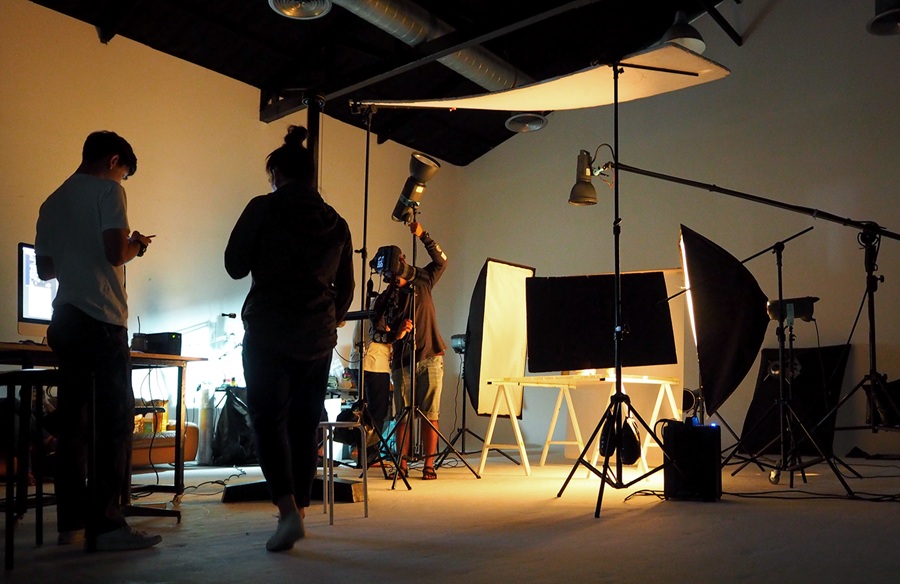You know them – the classic image films. Edited drone shots over the company premises, a handshake in slow motion, a voice-over with words like “innovation”, “future”, “quality”. And then? Then the viewer is often left with only a vague feeling – smooth, interchangeable, quickly forgotten.
Yet image films in particular offer an enormous opportunity: to authentically tell what your company really stands for. Without a show, without a template – but with character.
Why the classic image film often comes to nothing
Many image films look like they’re made from scratch. Too perfect, too polished. Today, customers, applicants and partners are not looking for glossy facades, but for attitude, insights and credible stories. So the real question is not: How do we look best? What do we want people to feel when they see us?
Authenticity is not a trend – it is a prerequisite
A good image film doesn’t have to be appealing. It has to be effective. And it does if it is honest. Show your real employees – not just smiling in a friendly manner, but concentrating on their work, improvising and solving challenges together.
Avoid staged interviews with memorized sentences. Instead: short sound bites in which people say why they like working here or what they are proud of. Perhaps not perfectly formulated – but that’s exactly what makes it credible.
The courage to leave gaps: What is not shown speaks volumes
Not every scene needs explanatory text. Images are allowed to breathe, thoughts are given space. A wandering glance through the production hall, typing in development, cleaning up after an event – sometimes it’s these quiet moments that create closeness.
An image film is not an advertising spot. It doesn’t have to say everything. But it should leave something behind: a mood, an image, an idea of what makes your company special.
New approaches to conception: think in terms of benefits
Don’t start by asking yourself: What do we want to show? – but rather: What do we want the movie to do for the audience? Should it build trust? Invite people to apply? Make a complex product environment tangible? The clearer the objective, the greater the impact.
And: think modular. Instead of a single, long film, several short clips can achieve more – for different target groups or platforms, for example.
No sound, no effect? Not any more!
Many films today are watched on mobile devices – without sound. Subtitles have long been a must. But think further: can your film be understood without language? Does it convey mood and message through imagery, rhythm and facial expressions? If so, you’ve done everything right.
One last thought: let go
Perhaps the most important tip: trust professionals – but keep an open mind. Good film teams don’t work with a rigid script, but with eyes and ears for what happens on location. Some things happen spontaneously, some things work out differently than planned – and this is often the strongest moment.
Image films are not self-promotion. They are an invitation. If you internalize this, you can tell stories that stay with you.
… and some more inspiration
A look at successful examples shows how powerful image films can be when they focus on authenticity rather than staging: Patagonia, for example, tells real stories of customers who love their worn clothing in the “Worn Wear” series. With “1/2 Billion Guests”, Airbnb pays emotional homage to human encounters around the globe: personal stories instead of advertising platitudes. And with “Worlds Apart”, Heineken shows how to convey attitude without advertising products. Three very different examples – but they all demonstrate what image films can achieve when they show more than just pretty pictures: Connection, values and identity.
